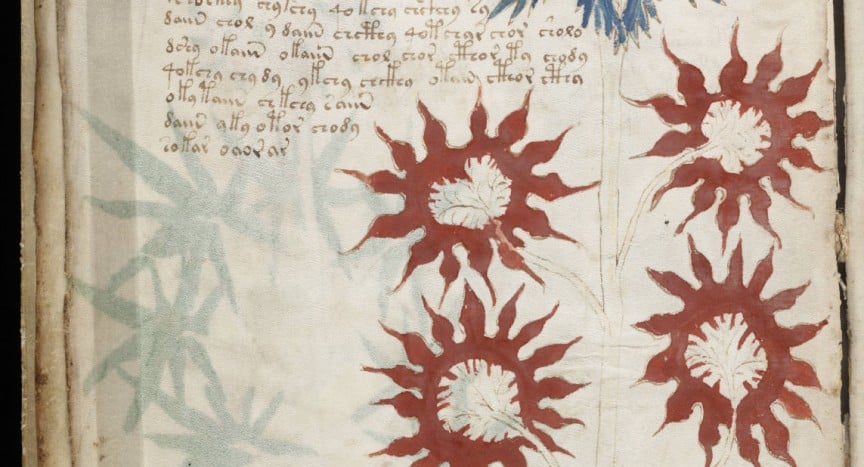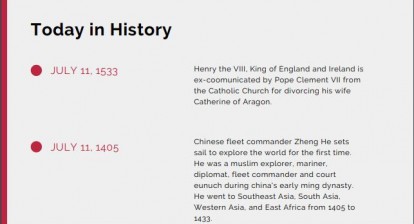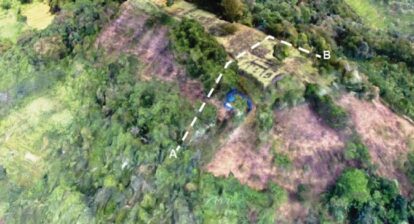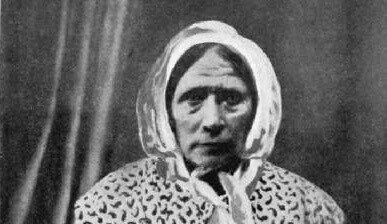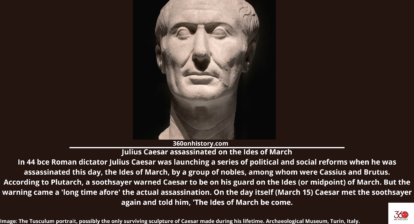The Beinecke Rare Book and Manuscript Library at Yale University houses a mysterious book that has, to date, refused to give up its secrets.
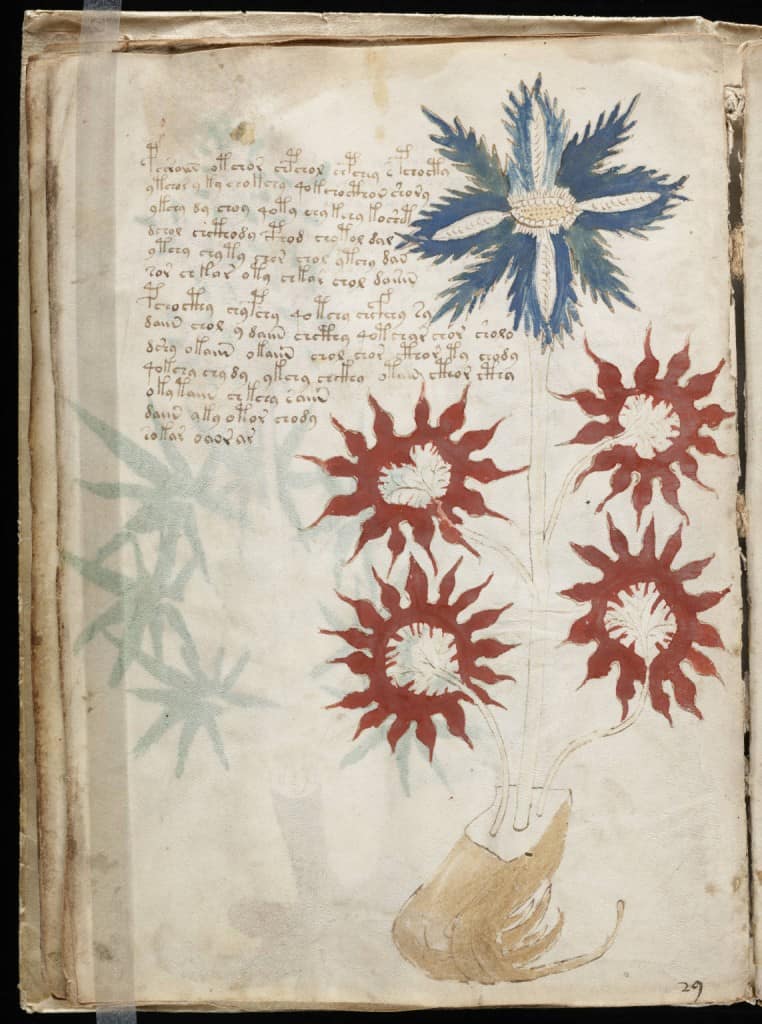
Voynich Manuscript from Beinecke Rare Book & Manuscript Library, Yale University
What is the Voynich Manuscript?
The Voynich Manuscript is a small (20 cm by 16 cm) book, comprising of 240 richly illustrated vellum pages, replete with fantastical illustrations, which include floating castles, strange flowers, disembodied heads, jellyfish-like creatures, astronomical diagrams, plants, and plenty of naked women bathing. Its vellum has been carbon dated to the 15th century (1404 – 1438).

Voynich Manuscript Illustrations – Beinecke Library, Yale University
What is the mystery behind the Voynich Manuscript?
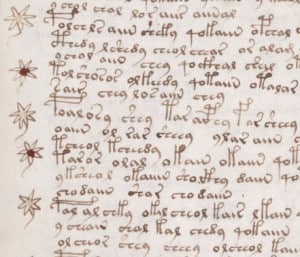
Voynich Manuscript Text – Beinecke Library, Yale University
What makes the Voynich Manuscript intriguing is its unknown language (a left to right writing system), which has defied decoding by some of the greatest minds. It has been subject to a wide range of 21st century testing, leading to an understanding of the parchment, ink and paint. Some drawings and text show retouching and the binding and covers were added later, but nothing further has been revealed of the secrets of its writing and illustrations. Even Alan Turing tried to decipher it, as did FBI operatives, linguists, mathematicians, and medieval scholars, with no success. In fact, William Freidman, the US Army Signal Intelligence Service’s chief cryptologist, spent 30 years trying to understand it. Exclusive transcription alphabets were created to decode its language. The aforementioned William Freidman led one effort in the 1940s, where each line of the manuscript was transcribed to an IBM punch card to make it machine-readable. To no avail.
What was the purpose of the Voynich Manuscript?
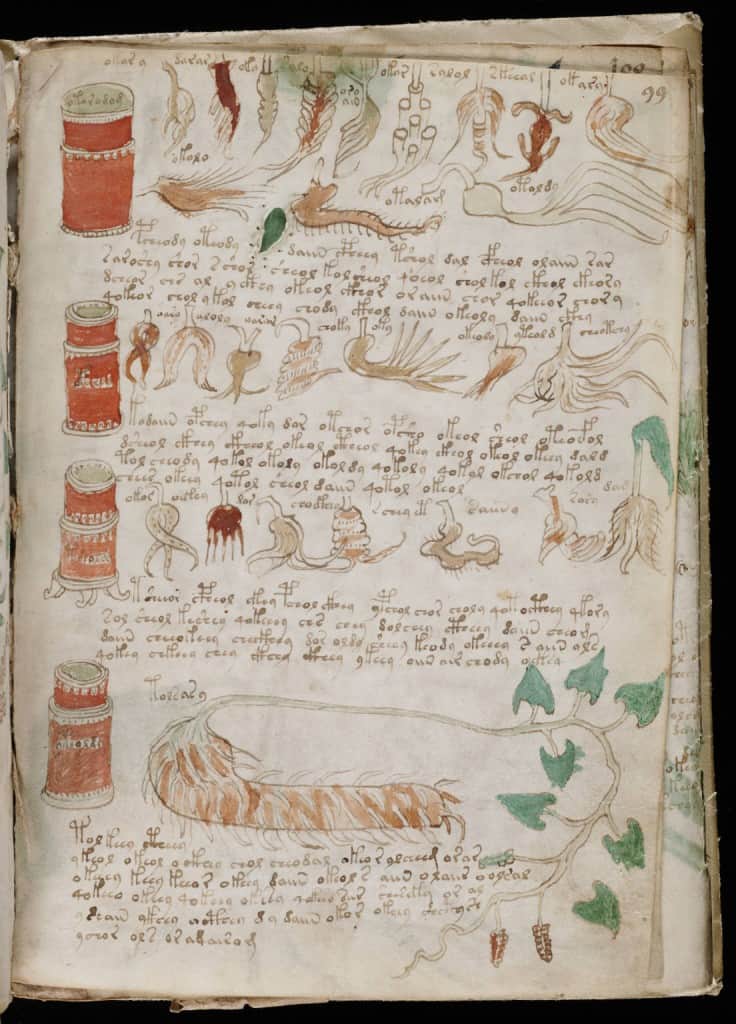
Voynich Manuscript Illustrations – Beinecke Library, Yale University
It seems that it may have been a pharmacopoeia (book of medicine) to address issues and topics in medicine of that time. The problem is that the puzzling text and illustrations have only fuelled countless theories about its purpose. Attempts to identify most of the illustrated plants have failed, not least due to the confounding nature of many of the plant drawings, which look like composites: the roots of one species are attached to the leaves of another, with flowers from a third. The astronomical symbols could be related to medical practices of the period but most of the celestial bodies are not known to date.
Why is it called the Voynich Manuscript?
Wilfrid Voynich was a Polish-Lithuanian book dealer, who was arrested and sent to Siberia for socialist activities in the late 19th century. He escaped and went to London, where he set up a second hand bookshop. He found the Manuscript outside a Jesuit seminary in Rome, during a book-buying trip in 1912 – and that’s how it got its name. A letter attached to it, dated 1665, claimed that the book had belonged to Holy Roman Emperor Rudolf II (r 1576 to 1612). Supposedly written by imperial physician Marcus Marci, the letter went on to claim that alchemist Georg Baresch subsequently owned it and tried to decipher the books contents. Marci eventually got it and sent it to a Jesuit scholar for decoding.

Voynich Manuscript Illustrations showing plant composites – Beinecke Library, Yale University
Who wrote the Voynich manuscript?
Well, Wilfred Voynich himself thought that philosopher Roger Bacon wrote it. However, countless theories to its provenance have abounded. Some claim it to be a hoax with no express purpose. Others say it is too sophisticated to be one and have attributed the text to a wide range of languages from Old Cornish, to Old Turkish and even to the Aztec language of Nahuatl. Many have claimed to decipher it; most claims have been discredited or disproved, including one made in May last year (2019) by Dr Gerard Cheshire from the University of Bristol. He opined that it was a “compendium of information on herbal remedies, therapeutic bathing and astrological readings”, compiled by Dominican nuns as a source of reference for Maria of Castile, Queen of Aragon – great aunt to Catherine of Aragon, in a lost proto-Romance language. According to Raymond Clemens, Curator for Early Books and Manuscripts at Beinecke Library, one theory suggests that it is the illustrated diary of a teenage space alien, who just happened to leave it behind.
Another popular theory is that Wilfrid Voynich found some 15th century vellum and created the text and illustrations himself.
However, we still do not know. No doubt though, the illustrations are fascinating to look at.
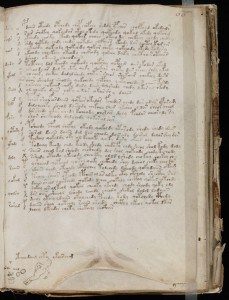
Voynich Manuscript Text – Beinecke Library, Yale University
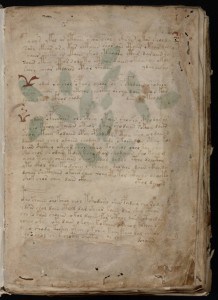
Voynich Manuscript Text – Beinecke Library, Yale University
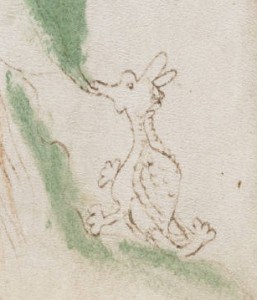
Voynich Manuscript dragon illustration – Beinecke Library, Yale University
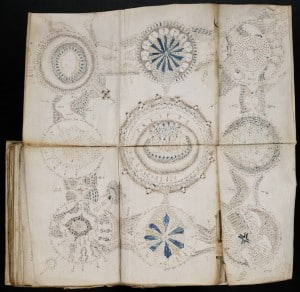
Voynich Manuscript illustrations – Beinecke Library, Yale University
